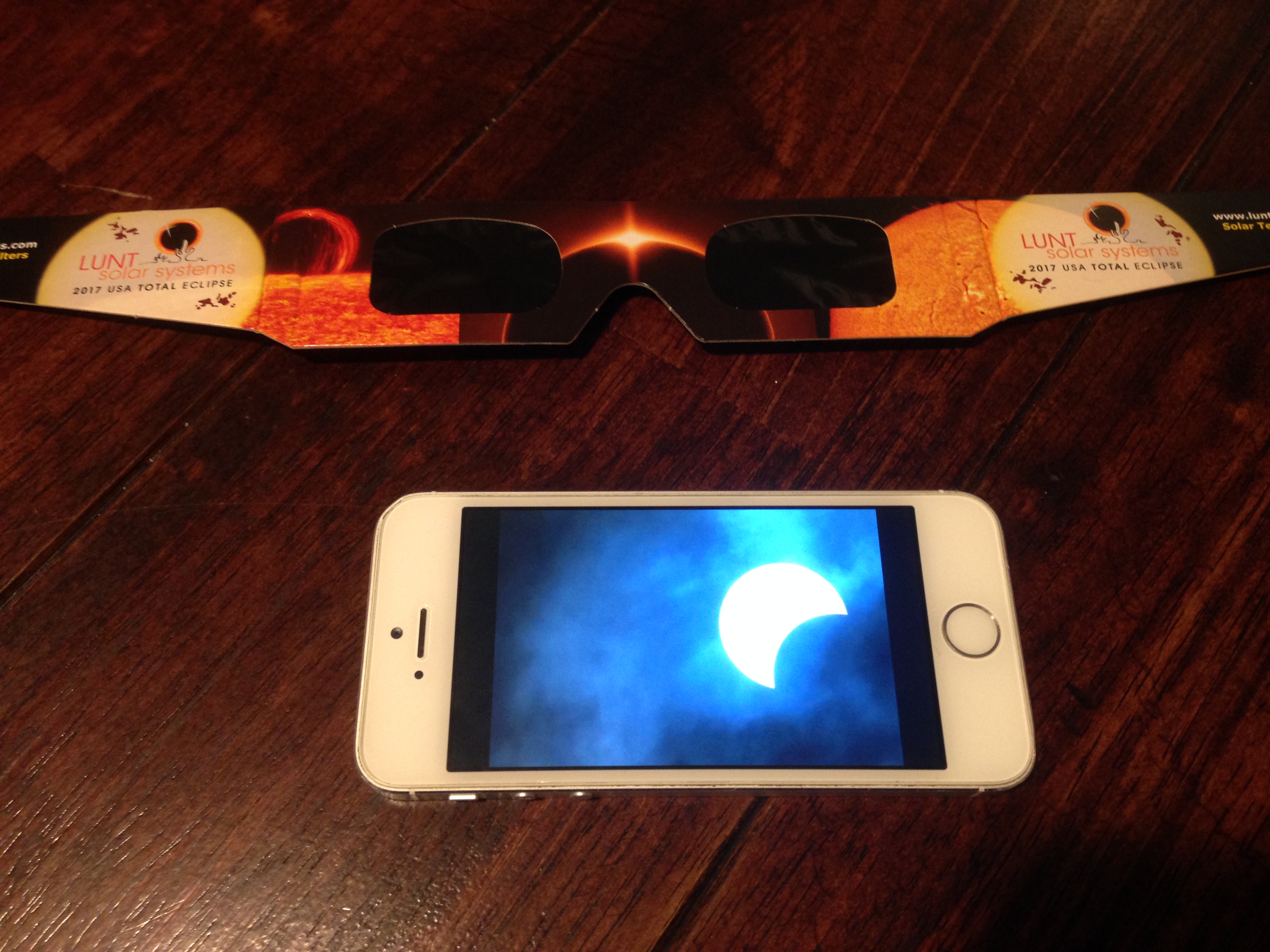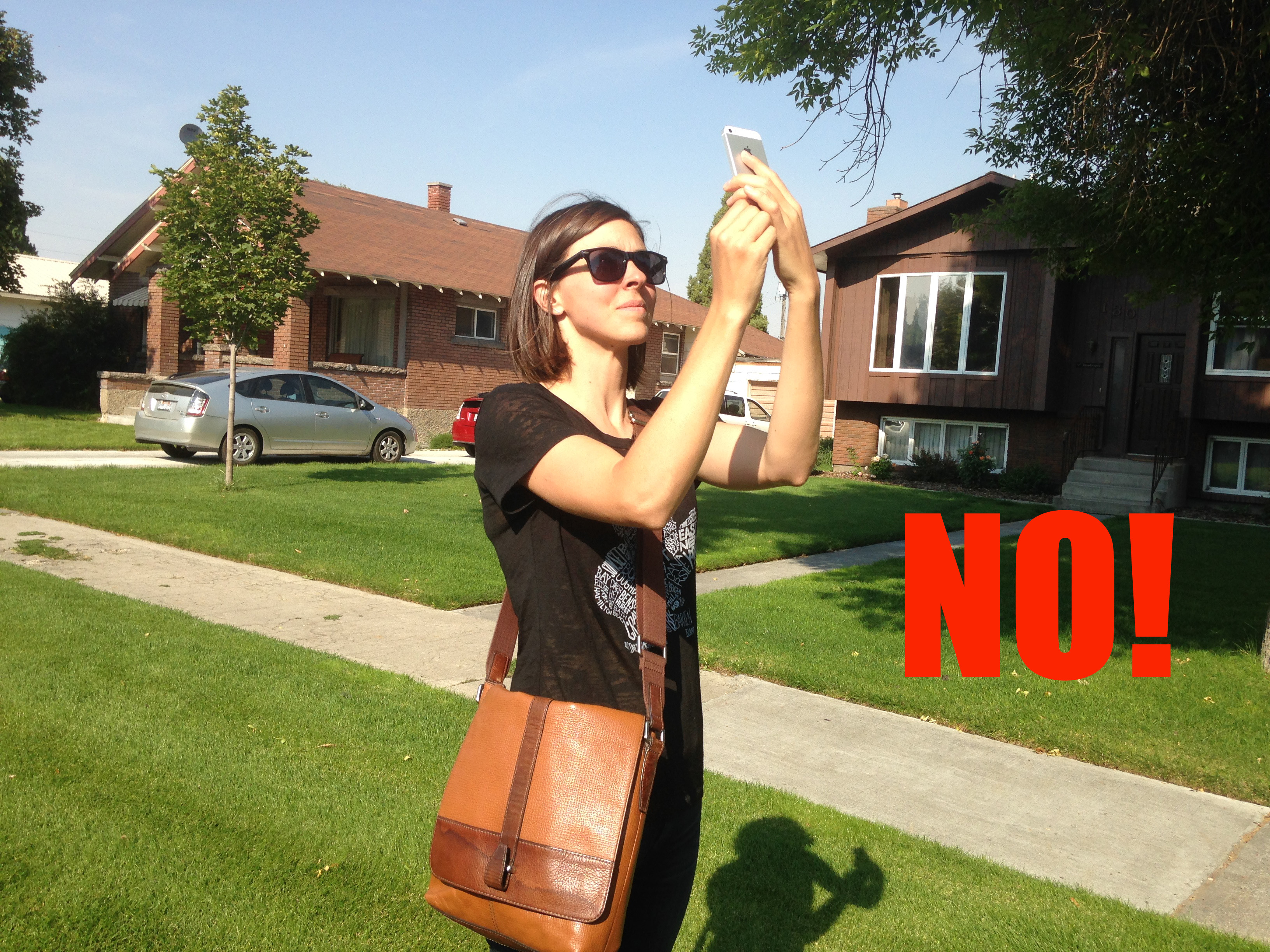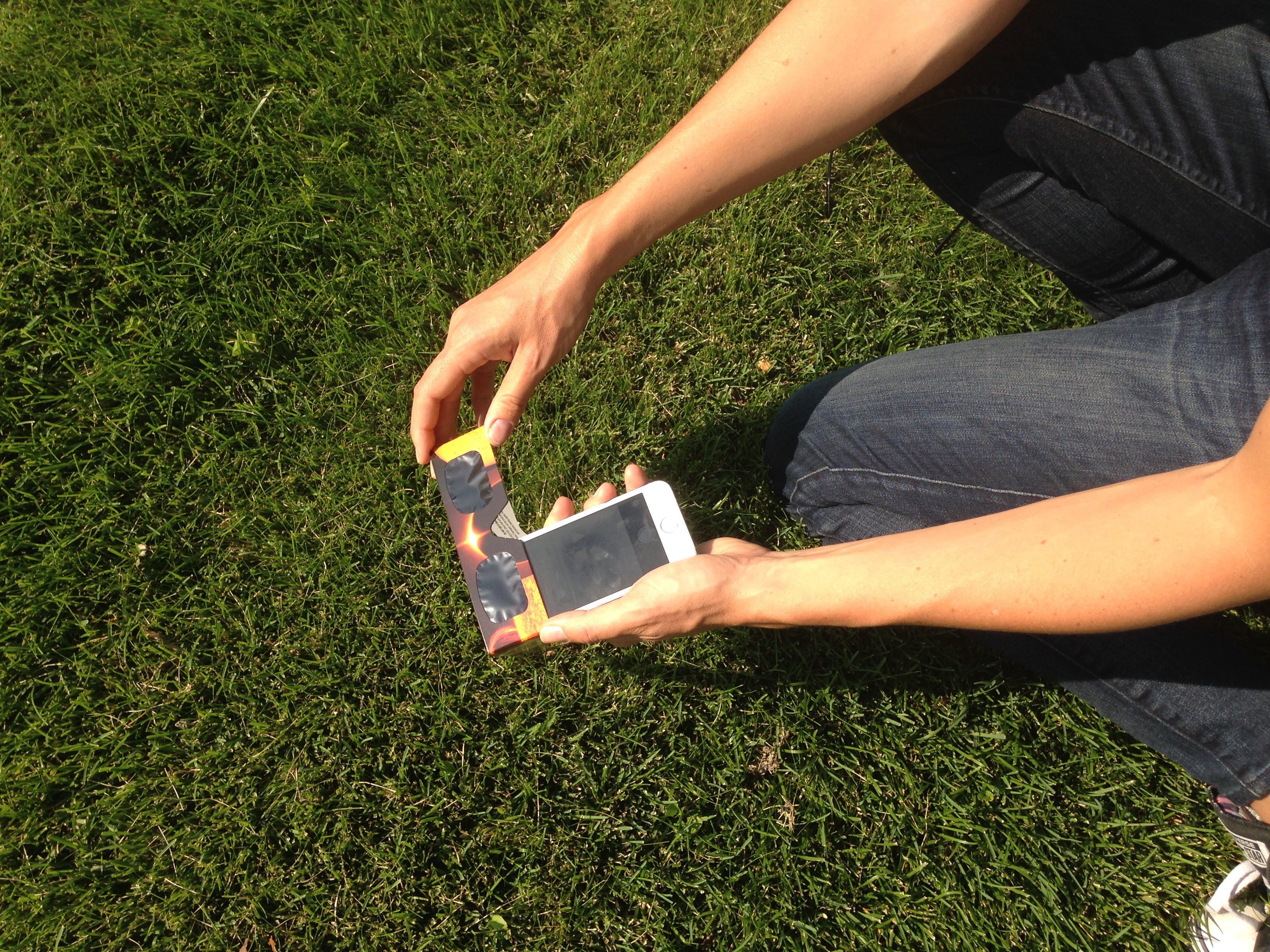Can You Photograph the Solar Eclipse with Your Phone or Tablet?
The total solar eclipse of 2017 is upon us, and many people are asking: Can I photograph the phenomenon with my cellphone or tablet? With a few caveats, the answer is "yes." (Update: NASA just put out a much more detailed guide to photographing the eclipse with your phone.)
Today (Aug. 21), a partial solar eclipse will be visible from all of the U.S., and a total solar eclipse will be visible along a narrow path running from Oregon to South Carolina. You can watch a livestream of the eclipse on the Space.com home page starting at 12 p.m. EDT (1600 GMT), courtesy of NASA.
Here are a few quick tips and suggestions if you plan to photograph the partial or total solar eclipse using your cellphone or tablet. Remember to NEVER look directly at the uneclipsed sun. [How to Film or Photograph the 2017 Solar Eclipse Like a Pro]
Partial solar eclipse photography
Tip No. 1: Use a filter to protect your screen. It is possible to damage your cellphone or tablet while photographing the sun, according to Angela Speck, co-chair of the American Astronomical Society's Solar Eclipse Task Force and director of astronomy at the University of Missouri.
Speck told Space.com that the extremely bright, glowing ball could burn the pixels in the screen of a cellphone or tablet. This could depend on the particular device you have, and how long you focus the camera on the sun.
If you want to protect your screen, put a solar viewing filter or one-half of a pair of solar-viewing glasses in front of the phone camera during the partial eclipse phases. (WARNING: This applies only to basic tablet/phone cameras. Darker solar filters are required for observing the sun through telescopes, binoculars and magnifying camera lenses.) This reduces the brightness of the sun on the screen. Speck advises skywatchers to first remove the device from its case, so that the filter can lie flat against the camera.
Tip No. 2: Protect your eyes while photographing the partial eclipse. It is possible that viewing the unfiltered sun on your cellphone or tablet screen could damage your eyes if you stare at the screen long enough. This is another reason to use a solar viewer over the camera.
Breaking space news, the latest updates on rocket launches, skywatching events and more!
But a more serious threat is the possibility that amateur photographers will inadvertently look directly at the sun while trying to snap a photo. If you point your cellphone up toward the sun, the phone or tablet might not block the bright glowing orb as you attempt to look at the screen. Thus, you could unintentionally look directly at the sun while trying to take a photograph (even if the camera is covered with a solar filter).
To avoid this, use the front-facing camera on your phone or tablet, and lay the device on the ground so it looks up at the sun. With this setup, you (the photographer) have to look down at the ground to see the screen.
Total solar eclipse photography
Most experts suggest that if this is your first total eclipse, you should forget the pictures and just enjoy this incredible view. NASA will capture high-quality images of the eclipse from multiple locations along the path of totality, and those images will look a lot better than what you can capture with your cellphone.
If you do try to catch a picture, remember to take the solar filter off the device during totality and reattach the solar filter after totality.
Follow Calla Cofield @callacofield.Follow us @Spacedotcom, Facebook and Google+. Original article on Space.com.

Calla Cofield joined Space.com's crew in October 2014. She enjoys writing about black holes, exploding stars, ripples in space-time, science in comic books, and all the mysteries of the cosmos. Prior to joining Space.com Calla worked as a freelance writer, with her work appearing in APS News, Symmetry magazine, Scientific American, Nature News, Physics World, and others. From 2010 to 2014 she was a producer for The Physics Central Podcast. Previously, Calla worked at the American Museum of Natural History in New York City (hands down the best office building ever) and SLAC National Accelerator Laboratory in California. Calla studied physics at the University of Massachusetts, Amherst and is originally from Sandy, Utah. In 2018, Calla left Space.com to join NASA's Jet Propulsion Laboratory media team where she oversees astronomy, physics, exoplanets and the Cold Atom Lab mission. She has been underground at three of the largest particle accelerators in the world and would really like to know what the heck dark matter is. Contact Calla via: E-Mail – Twitter



